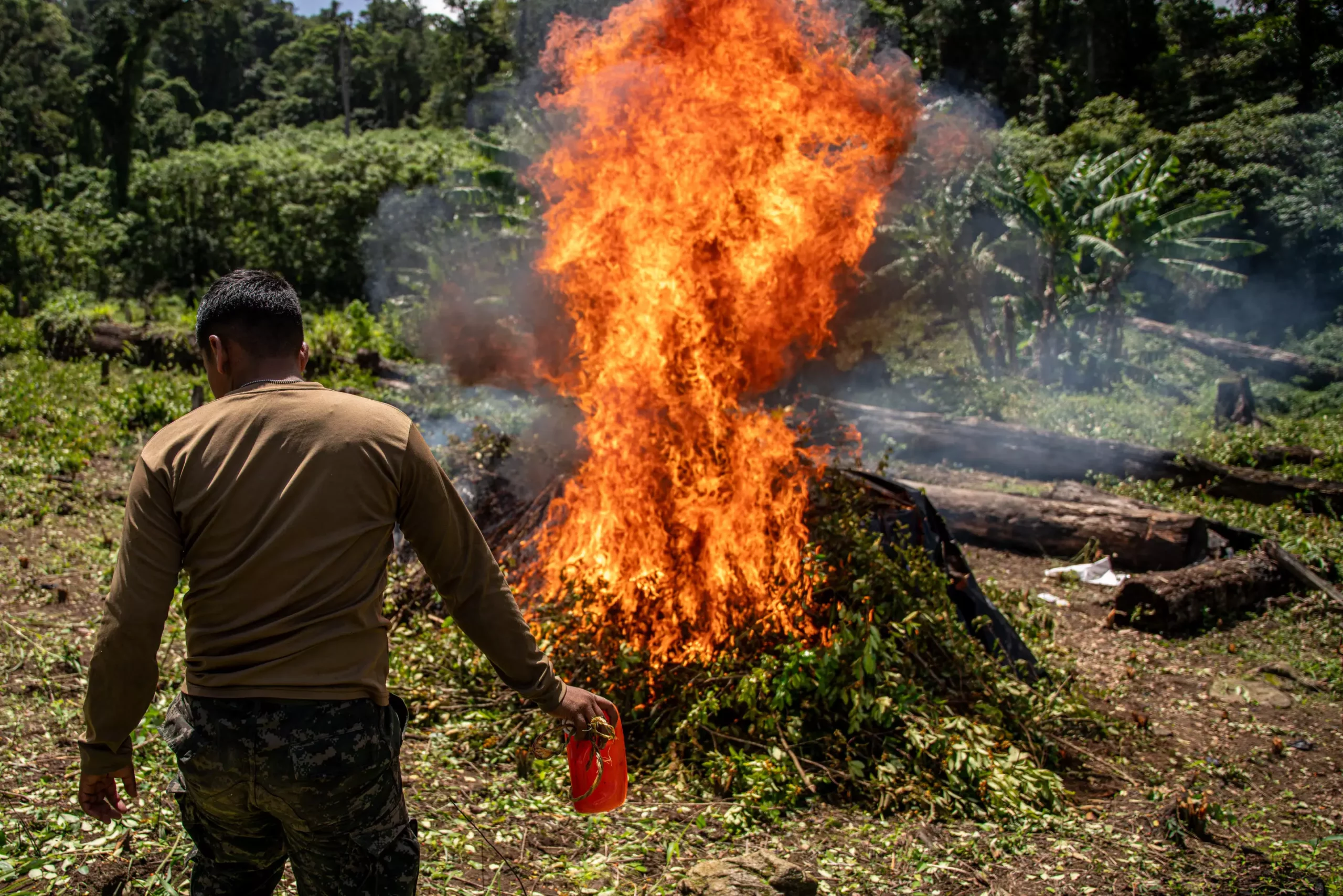For years, the perception of coca production has been largely tied to its historical roots in South America, primarily Colombia, Peru, and Bolivia. However, recent research has illuminated a concerning shift: nearly half of northern Central America presents a viable environment for coca cultivation. This newfound potential for coca farming in countries like Honduras, Guatemala, and Belize raises significant questions regarding the dynamics of the global drug trade, law enforcement practices, and potential socio-economic consequences for the region.
A comprehensive study, executed by a team led by Paulo J. Murillo-Sandoval from the Universidad del Tolima in Colombia and highlighted in the journal Environmental Research Letters, reveals that an alarming 47% of northern Central America is conducive to coca cultivation. Utilizing data drawn from various coca eradication initiatives and employing advanced geographic modeling techniques, researchers mapped the suitable areas for coca plantations. The implications of this finding are vast, indicating a shift in the geographic landscape of coca production that could disrupt current drug trafficking patterns.
Historically, coca cultivation has maintained a steadiness in South America, driven by entrenched criminal networks and dense rural support systems. Yet, as noted by Kendra McSweeney, a prominent researcher on the team, the traditional stronghold of coca production is witnessing a potential cracking point. Media reports detailing law enforcement’s eradication efforts have inadvertently illuminated the appeal of cultivating coca in Central America, where drug enforcement methodologies interact with economic incentives, leading to a multifaceted dilemma that extends beyond mere soil and climate analysis.
Despite the suitability for coca farming, McSweeney stresses that current cultivation in Central America remains sporadic and limited. This raises a pivotal question: why would criminal enterprises venture into a market already saturated with coca?
The transition towards Northern Central America has multiple motivations. One theorized reason is the conclusion of Colombia’s longstanding conflict in 2016, which restructured the coca economy and led to innovative methods for managing coca production. The opportunity for traffickers to shift production closer to lucrative markets such as the United States simplifies logistics and minimizes risks associated with long supply chains. Additionally, restrictions on precursor chemicals that are critical for cocaine production are considerably less stringent in Central America compared to Colombia, further incentivizing cultivation in these regions.
Furthermore, the strategic advantages of producing coca closer to primary consumer markets cannot be overstated. Cocaine traffickers would significantly benefit from shortened transit routes and the practicalities of avoiding Coast Guard interceptions. Such circumstances provide a compelling economic rationale for expanding coca cultivation into Central America.
The researchers faced ethical dilemmas concerning the publication of their findings. Concerns emerged about inadvertently aiding criminal organizations or prompting law enforcement actions against rural communities that may not be involved in coca cultivation. However, collaboration with regional scholars emphasized the need for transparency—knowledge is a crucial weapon against potential crises that may arise if the public remains uninformed.
The conclusion to publish the findings highlights a broader responsibility to engage in proactive dialogue regarding the implications for Central America. As McSweeney articulates, the awareness of coca’s agricultural viability is crucial for both policymakers and the public.
As Central America stands at a crossroads, researchers urge a re-evaluation of existing drug policies that typically resort to eradication and law enforcement measures. The long-standing approach, often characterized by destructive eradication of coca crops, may merely transfer the problem to new geographical areas—a trend that has been well documented in Colombia’s history.
Instead, policymakers must explore innovative strategies that focus on addressing the root causes of drug cultivation, such as poverty, lack of education, and inadequate economic opportunities. Engaging local communities in dialogues centered around agriculture and sustainable development could potentially divert interest away from coca cultivation and offer viable alternatives.
The uncovering of suitable coca-growing regions in northern Central America signifies a critical juncture for the future of the international cocaine market. It underscores the need for a recalibrated approach to drug policy that acknowledges the socio-economic complexities surrounding coca cultivation. As research sheds light on this emerging trend, it becomes imperative for governments and stakeholders to work towards solutions that prioritize community involvement and sustainable practices, rather than reinforcing cycles of criminality and repression. Addressing the coca issue demands collaborative and forward-thinking strategies that extend beyond borders and entrenched practices.


Leave a Reply